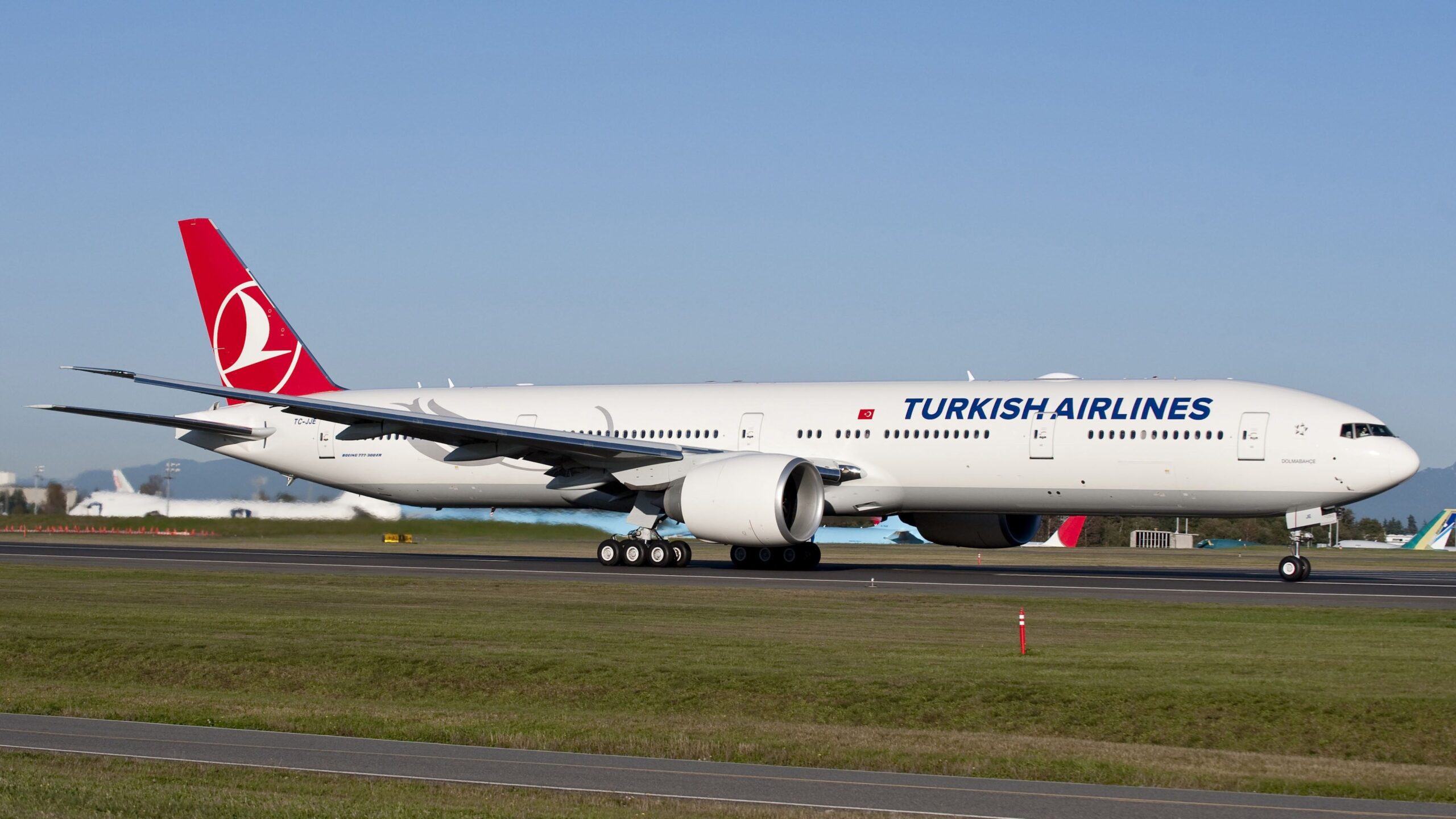Negotiating bilateral air rights is a government-to-government affair that often works in mysterious ways. Last year, Qatar Airways had its bid to fly more services to major Australian airports rejected by the Australian government and yet, at about the same time, Turkish Airlines was granted more rights than it had asked for, along with the right to carry passengers between Australia and Singapore.
The Chairman’s vision is now real
Turkish Airlines Chairman of the Board and Executive Committee Ahmet Bolat spearheaded the negotiations, steadfastly pursuing the rights to operate daily flights from Istanbul to Melbourne and Sydney. The Melbourne service started in March, and on Friday, November 29, 2024, the first flight from Istanbul to Sydney via Kuala Lumpur arrived.
Photo: Turkish Airlines
On November 28, Turkish Airlines flight TK174 departed Istanbul Airport (IST) at 14:01 and, after a 9:54-hour flight, arrived in Malaysia, landing at Kuala Lumpur International Airport (KUL) at 04:54. The flight was operated with a 2017 Boeing 777-300ER, registration TC-LJK and MSN 60402, that departed KUL at 07:09 on Friday and flew for 8:09 hours before landing at Sydney Kingsford Smith Airport (SYD) at 18:18 on Friday.
Turkish Airlines (Turkish) operates the Istanbul—Sydney services four times weekly, with flights arriving and departing Sydney on Tuesdays, Thursdays, Fridays and Sundays. As it did in Melbourne, Turkish is using the Boeing 777-300ER for the first few flights to accommodate dignitaries and guests but will switch to using Airbus A350-900s on Monday.
Photo: MBekir | Shutterstock
Turkish A350s to Sydney and Melbourne
The range limitations of the A350-900s mean the stopover in Singapore for the Melbourne service and Kuala Lumpur for the Sydney service will continue. Turkish has ordered more A350s, and when the modified aircraft arrive in 2026, the route will switch to a daily nonstop flight between Istanbul and both Australian destinations, revolutionizing travel between the two countries.

Related
Turkish Airlines 2023 Revenue Hits $20.9 Billion And Aims For 800 Jets by 2033
Turkish Airlines certainly does not lack ambition and after a very successful 2023 it is on course to build a fleet of more than 800 aircraft.
Turkish Airlines CEO Bilal Eksi was onboard the inaugural flight and he said the momentous occasion marks Turkish Airlines’ longest flight path in its history as the airline happily adds a second Australian city to its flight network. He added that the new service represents the airline’s ongoing commitment to connecting travelers across the globe and providing a seamless gateway between Europe and Australia.
“Once we receive our aircraft capable of conducting the journey in a single leap, we look forward to further expanding our offering in the near future with Australia’s first nonstop flights to Istanbul.”
Turkish is building a mega-fleet of new-generation jets
Turkish Airlines has a fleet of 24 Airbus A350-900s, with the aircraft operating to Australia configured in a comfortable two-class layout of 329 seats, including 32 lie-flat seats in business class and 297 in the economy cabin. In December 2023, Turkish ordered 220 Airbus aircraft, comprising 150 A321neos, 50 A350-900s, 15 A350-1000s and five A350F freighters.
Photo: EvrenKalinbacak | Shutterstock
According to ch-aviation, Turkish has a total fleet of 444 aircraft, with more than 300 new aircraft on order. The current fleet, including cargo aircraft, includes:
- 170 Airbus A320 Family, including nine A319s, 17 A320-200s, 11 A320neos, 67 A321-200s and 66 A321neos.
- 59 A330s, including 13 A330-200s, 36 A330-300s and 10 A330-200Fs.
- 24 A350-900s.
- 124 Boeing 737s, including 32 737 MAXs, 77 737-800s, and 15 737-900ERs.
- 44 777s, including 36 777-300ERs and eight 777-200Fs.
- 23 787-9 Dreamliners.
Turkish Airlines often calls itself the world’s most connected airline, and with Sydney now on the network, it operates to 351 destinations in 130 countries across six continents. With large Turkish diasporas in Melbourne and Sydney, these flights will be a success and will also be popular with Australians heading to the eastern parts of Europe who don’t want to fly over Turkiye and then retrace their steps back to Istanbul.





